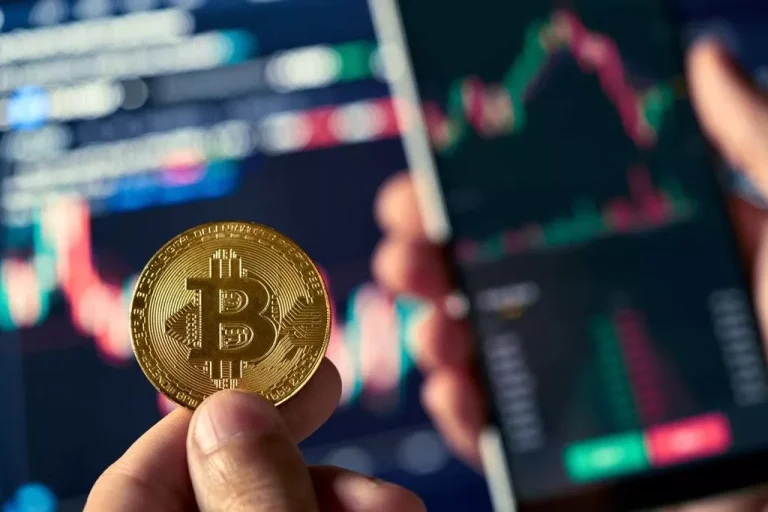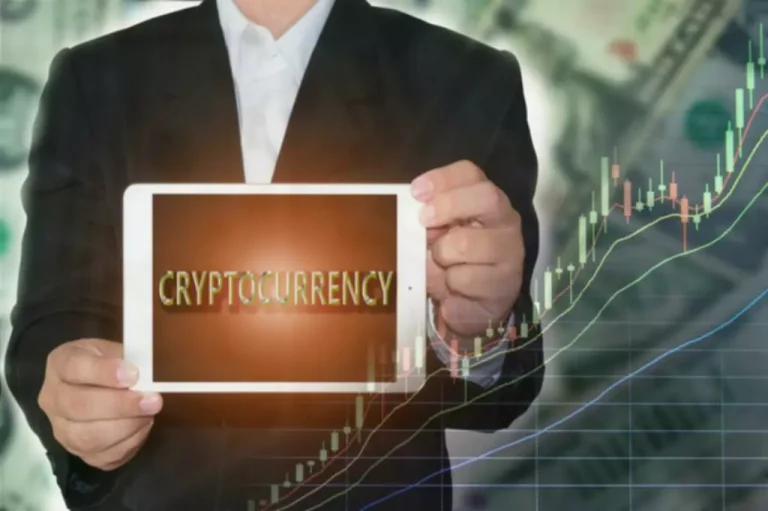Content
Firstly, blockchains can serve as the foundation for conducting secure, verifiable transactions within the metaverse, replacing the need for cash or traditional payment methods. Secondly, Ethereum-based NFTs can serve as the basis for creating scarce, unique virtual items inside the metaverse. Much like cryptocurrencies, NFTs are secured on blockchain technology (also called metaverse blockchain). Proof of work The most common blockchain is Ethereum, but they do not have to be exclusively created on that blockchain.
Metaverse and cryptocurrencies, what is their relationship?
The empirical results show that such lead–lag effectFootnote 2 does exist among Metaverse crypto tokens, and that trading volume is a strong predictor of the observed lead–lag patterns. These patterns emerge because low-volume tokens’ returns respond to market information more slowly, which provides support meta universe crypto to the speed of adjustment hypothesis. Metaverse crypto coins are creating the virtual economy of the virtual world of 3D realities. The concept of a digital world is now taking shape with the help of blockchain technology, and there are already many metaverses that can be used.
Metaverse and cryptocurrency relationship
Low-volume tokens might exhibit momentum effects due to slower information updates, while high-volume tokens respond faster to marketwide information, showcasing herding behavior among users. This study pioneers documenting lead–lag effects in https://www.xcritical.com/ Metaverse tokens and suggests that information transmission within this market might be gradual, influenced by tokens’ unique applications beyond financial transactions. Understanding the leading and follower clusters based on trading volumes aids comprehension of the Metaverse token behavior, potentially contributing to specific economic models for the metaverse. The convergence of blockchain and immersive technologies has resulted in the popularity of Metaverse platforms and their cryptocurrencies, known as Metaverse tokens. Building upon the information dissemination theory, this research examines the role of trading volume in the returns of these tokens.
- NFTs have become quite popular in the metaverse as a form of payment, as they can be easily transferred between users.
- Users can also generate advertising revenue as other players spend time on their level.
- They enable the tokenization of assets, such as virtual real estate and digital collectibles, through the use of Non-Fungible Tokens (NFTs).
- Through this exploration, clusters or subgroups of points emerge, exhibiting close connections based on their similarities.
- Alien Worlds is a DeFi metaverse that uses blockchain technology to allow players to compete for scarce resources within the community.
How The Metaverse Will Change Cryptocurrency
Second Life is not seen as a game but more of an online gathering place where anyone can create a new digital presence. The Web3 movement has shown that the metaverse is not just confined to the sci-fi genre but is something that might already exist. Web3 has been forming an ecosystem that incentivizes developers to build metaverse-like decentralized applications (DApps), such as play-to-earn (P2E) games. Games like Axie Infinity, The Sandbox, and Decentraland already contain aspects of the metaverse, connecting elements of players’ lives to online worlds. The relationship between the Metaverse and cryptocurrency is intertwined and interconnected, as both concepts play significant roles in shaping the future of digital experiences and transactions.
Factors to Consider When Opening a Cryptocurrency Exchange Account
Flow is a developer-friendly network of blockchains, and it is designed to support many apps and games. It specializes in specific node functions, increasing speed, and throughput. Flow protects users’ data and offers digital assets that can trade on the open market. Different groups will build different virtual worlds, and in the future these worlds will be interoperable – forming the metaverse. As people move between virtual worlds – say from Decentraland’s virtual environments to Microsoft’s – they’ll want to bring their stuff with them. If two virtual worlds are interoperable, the blockchain will authenticate proof of ownership of your digital goods in both virtual worlds.
In this way, the emergence of the metaverse along with the transition to DeFi offers a powerful combination in terms of enabling social and economic growth without the constitutional bias and barriers found in the offline world. This was seen in January as Microsoft acquired game developer Activision Blizzard for $68.7 billion to provide the ‘building blocks for the metaverse’. Apple is also well into the metaverse mix, with it expected to announce a high-end headset that mixes Virtual Reality (VR) and Augmented Reality (AR) later this year. In a digital world resembling the real world, you would definitely need rules, and the metaverse is not an exception. Users would focus primarily on the ability to control rules of engaging with the metaverse.

It’s important to remember that, like all crypto assets, metaverse crypto assets are high-risk investments. Therefore, conducting thorough research is essential before making the decision to add metaverse tokens to your crypto portfolio. Decentraland’s MANA token is the leading virtual world’s in-platform currency, which enables users to transact in the early-stage metaverse.
Developed in 2016, the simple 2D game has turned into one of the best metaverse game and metaverse crypto projects, with NFTs pinned at hundreds of thousands of dollars in value. Decentraland also offers its own native ERC-20 standard utility token known as MANA. One of the earliest pioneers in the metaverse, Decentraland, is practically a 3D universe. The 3D universe allows players to develop plots of virtual real estate alongside participating in many other activities.
Microsoft also added to the excitement by showcasing its metaverse technology at its Ignite event. Is blockchain, however, a significant element of the future metaverse landscape? Blockchain technology can transform sectors and provide new possibilities ranging from finance and cybersecurity to property rights and medicine. With the rise of the NFT marketplace in 2021, MANA was also one of the metaverse coins to rise in value. Its main feature is the ability to buy virtual land or create digital assets. Many real-world companies have started to purchase pieces of land in Decentraland to build a virtual office within the metaverse.
All digital assets that are owned belong to the holder and can be stored in a wallet. Earned crypto assets can also be converted into other exchange media at the touch of a button. Decentraland’s native coin, MANA, is a well-established metaverse cryptocurrency, that is easily accessible and highly appealing to novice users. Decentraland’s metaverse offers exciting interactive opportunities, including concerts and festivals that rival those in the real world. Decentraland is expanding and has an active development team that provides many options and opportunities. Lastly, if the metaverse is money, then companies will certainly want to play too.

This means that NFTs will always have some value, as long as the price of ENJ doesn’t reach zero. Since there’s no need to wait for a buyer, converting NFTs to ENJ can provide instant liquidity. By helping support digital collectability and scarcity, Enjin looks to be a useful part of the metaverse. Siemens and NVIDIA announced a joint partnership to create the Industrial Metaverse.
Blockchain technology can aid in contract administration and product auditing. Our demo account is a great place for you to learn more about leveraged trading, and you’ll be able to get an intimate understanding of how CFDs work – as well as what it’s like to trade with leverage – before risking real capital. For this reason, a demo account with us is a great tool for investors who are looking to make a transition to leveraged trading. As you’re comparing different platforms, it’s wise to consider things like supported cryptocurrencies, security features, fees, storage and withdrawal options, and educational resources. The token is used as a payment method, and validators are incentivized by FLOW.
Moreover, the integration of cryptocurrencies in virtual reality environments is fostering a new era of digital economies, where the value of virtual assets is determined by market demand and user engagement. This shift towards decentralized ownership is empowering users to monetize their creations and investments within the metaverse, creating a dynamic ecosystem of virtual goods and services. One of the key aspects of crypto in the metaverse is the concept of virtual asset ownership. Just as you can digitally own a piece of land or a virtual item in a game, cryptocurrencies enable users to assert ownership over digital assets in a decentralized and secure manner. This ownership gives users greater control and the ability to transfer and trade their assets freely.

Comment (0)